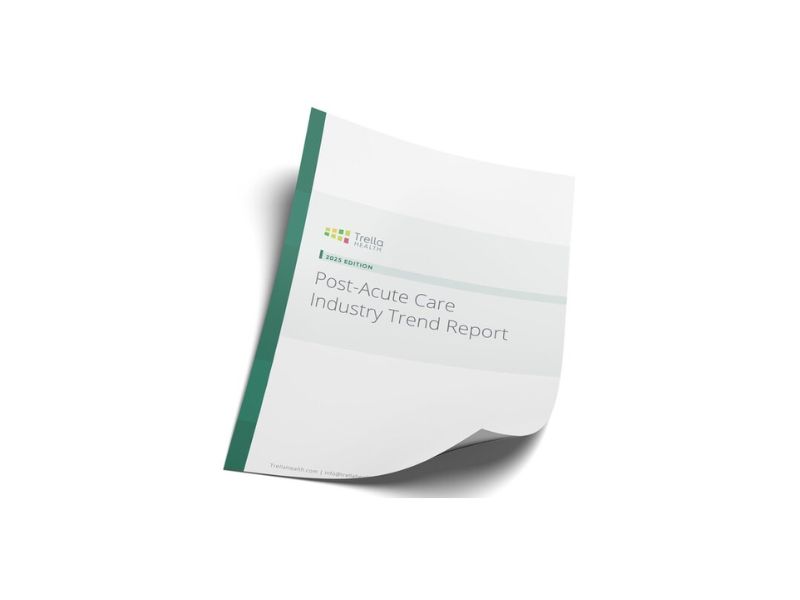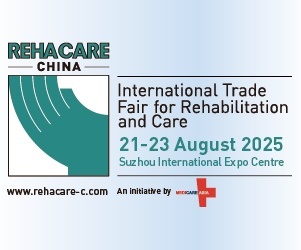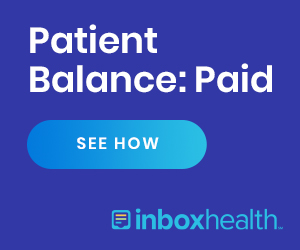Trella Health, the leading provider of market intelligence and integrated customer relationship management (CRM) solutions for post-acute care, HME, and Infusion organization, has officially published the results from its 2025 Post-Acute Care Industry Trend Report.
Going by the available, this particular report is structured to lay down a detailed analysis of national and state-level patient trends, utilization patterns, as well as market dynamics across home health, hospice, and skilled nursing.
More on the same would reveal how the stated lowdown is aided, to a great length, by Trella Health’s unmatched access to the most current Medicare Part A and B claims data and Medicare Advantage (MA) enrollment and admissions patterns. As a result, it is able to relay essential insights for post-acute care organizations that are navigating today’s complex post-acute care landscape.
Talk about the whole value study on a slightly deeper level, we begin from how it discovered that Medicare Advantage (MA) continues to reshape the Medicare landscape. You see, as of February 2025, 55.4% of Medicare beneficiaries are enrolled in Medicare Advantage. In fact, over 30 states now enjoy above 50% footprint.
Next up, Trella spotted an uptick in PPO growth, something which treads up a long distance to indicate potential headwinds for home health. For better understanding, between 2023 and 2024, enrollment in Preferred Provider Organization (PPO) plans, which typically utilize home health services at lower rates than Health Maintenance Organization (HMO) plans, would burgeon up by almost 19.8%, whereas on the other hand, HMO enrollment grew by just 4.3%.
Another detail worth a mention relates to how adherence was deemed as a major catalyst in the context of driving value-based outcomes. We get to say so because, during 2024 Q3, patients who adhered to home health discharge instructions had a 30-day readmission rate of 12.7%, compared to 15.1% for those who did not.
Hold on, we still have a few bits left to unpack, considering we haven’t yet touched upon home health’s share of FFS inpatient discharges going up for the first time since 2020. In essence, during 2024 Q4, 22.6% of inpatient discharges included a home health referral. up from 22.1% the year prior and the first rise since 2020.
We also haven’t touched upon the fact that hospice admissions actually went on to record the strongest growth since pandemic, rising by an estimated 3.7% between 2023 (1.55M) and 2024 (1.61M), with over 50% of Medicare mortalities now occurring on hospice.
Rounding up highlights would be a piece of detail claiming state-by-state variation in utilization remains stark. Statistically speaking, home health FFS utilization ranges by 25.1 percentage points across states, whereas on the other hand, skilled nursing was found to vary by 22.6 points, thus exposing persistent disparities in discharge practices and access to post-acute care.
Founded in 2015, Trella Health’s rise up the ranks stems from empowering post-acute, HME, and Infusion organizations to identify the highest-potential referral targets, evaluate new market opportunities, and monitor performance metrics.
The company’s excellence in what it does can also be understood once you consider it has allowed 96% of its customers to become more productive and 79% to realize a positive impact on their referral relationships, while simultaneously helping 79% to scale up organizational visibility.
“At Trella Health, we believe better data leads to better healthcare,” said Scott Tapp, CEO at Trella Health. “This year’s report reinforces our commitment to delivering clarity through trusted, comprehensive insights — empowering better decision-making and stronger outcomes across the care continuum.”


















